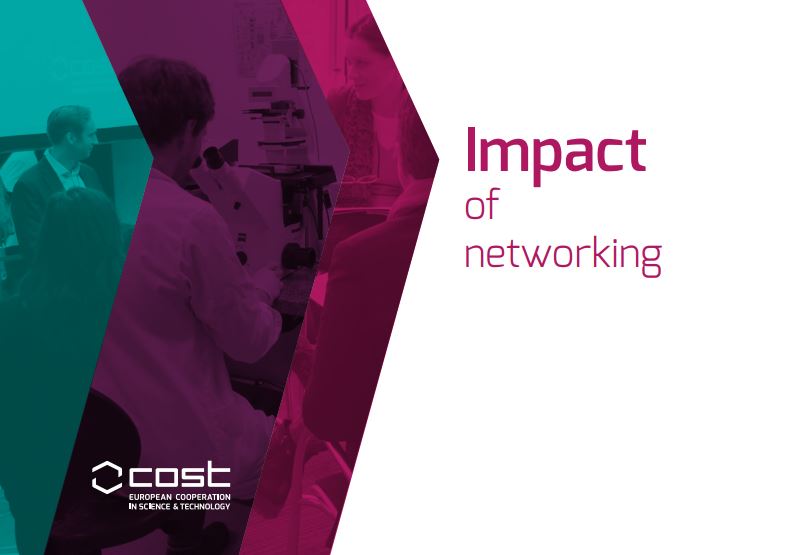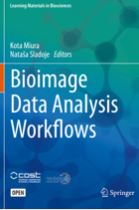
Impact of networking
Did you know that many COST Actions result in societal and scientific impact? Find out more about it in this publication!

Annual report 2018
Discover the impact of our networks and much more in the COST report of 2018.

Annual report 2017
Building bridges of excellence for young researchers is the title of the 2017 COST annual report. This report puts particular focus on the COST Programme as a springboard for young researchers.

Annual report 2014
The 2014 report focuses on storytelling by looking back on an exceptional and challenging year, providing a round-up of the essential steps taken by COST in developing a modern networking concept welcoming all innovative ideas across any S&T field.

Volume 58, Issue 2 Supplement, November 2019
Author Christine Morand et al
Publisher Springer Link
ISSN 1436-6207
In this journal released by Springer, the main findings of the COST Positive Network are explored in 5 articles centered around ‘Interindividual Variation in Response to Consumption of Plant Food Bioactives and Determinants Involved’.

Bioimage Data Analysis Workflows
- Editors: Miura, Kota, Sladoje, Nataša, (Eds.)
- Publisher(s): Springer
- ISBN 978-3-030-22386-1
- Open access book, downloadable for free here.
This Open Access textbook provides students and researchers in the life sciences with essential practical information on how to quantitatively analyze data images. It refrains from focusing on theory, and instead uses practical examples and step-by step protocols to familiarize readers with the most commonly used image processing and analysis platforms such as ImageJ, MatLab and Python. Besides gaining knowhow on algorithm usage, readers will learn how to create an analysis pipeline by scripting language; these skills are important in order to document reproducible image analysis workflows.
The textbook is chiefly intended for advanced undergraduates in the life sciences and biomedicine without a theoretical background in data analysis, as well as for postdocs, staff scientists and faculty members who need to perform regular quantitative analyses of microscopy images.



